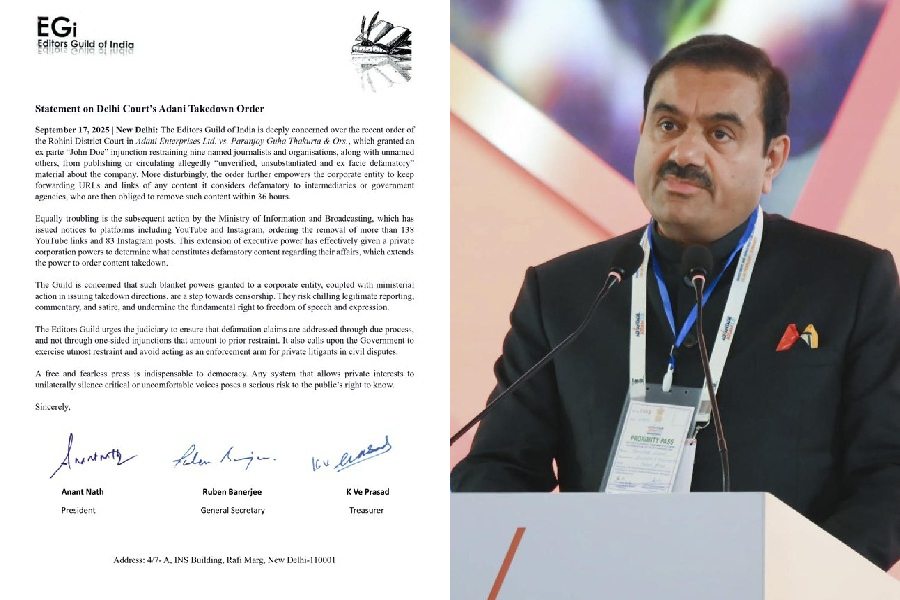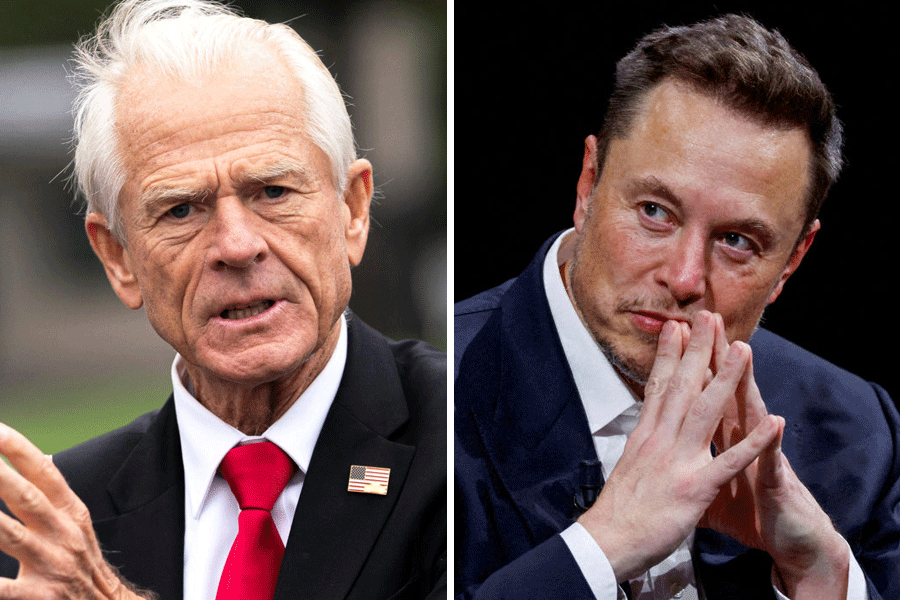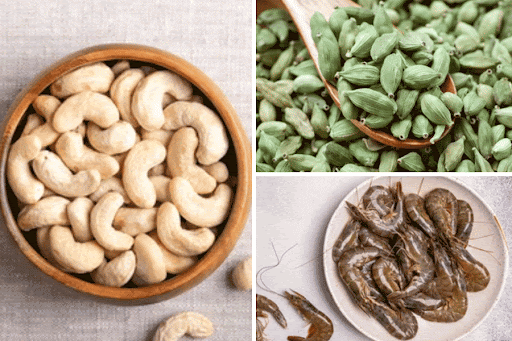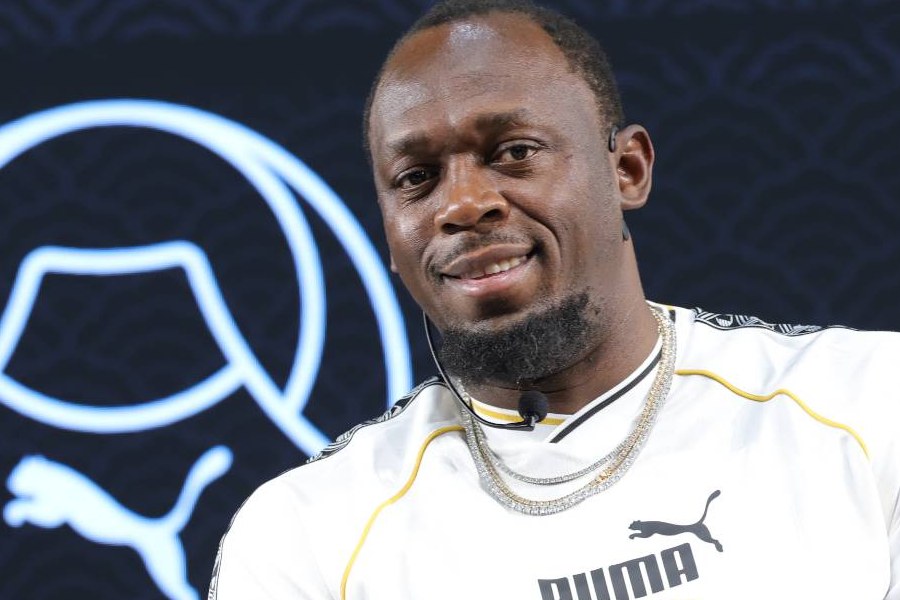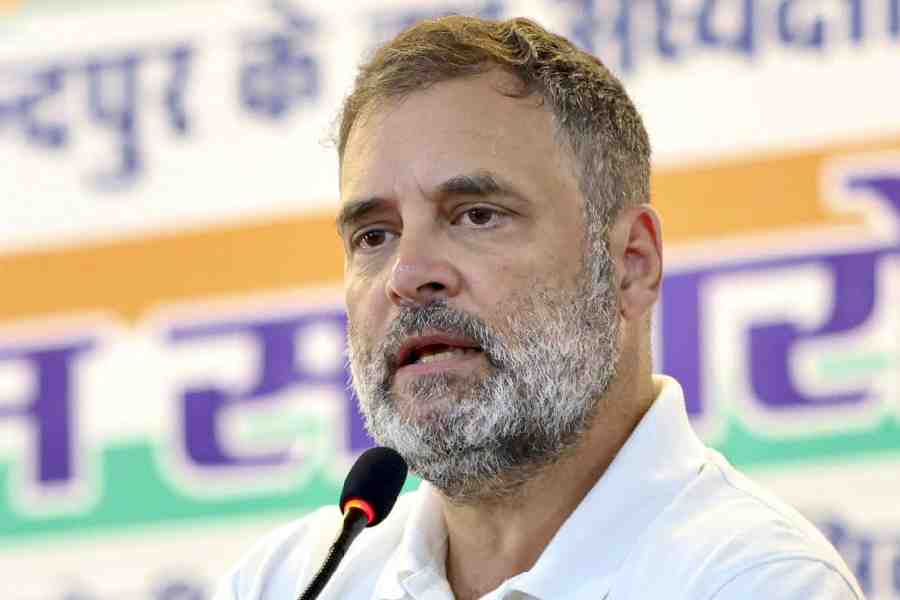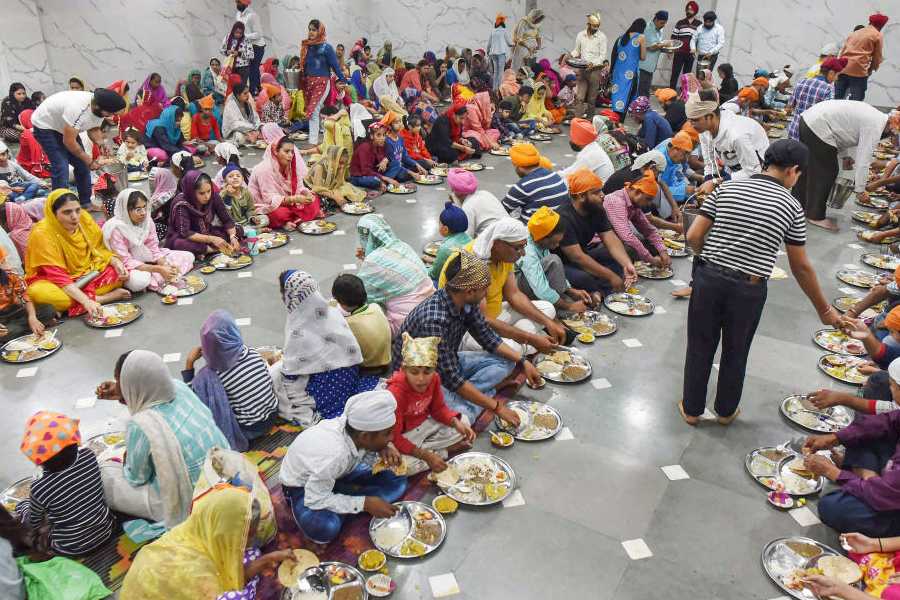 |
| Suro Ranjan Mukherjee (Picture by Prashant Arora) |
The RKM Institute of Culture presented Suro Ranjan Mukherjee at the Vivekananda Hall (September 15). His sarod literally ‘sang’ Puriya Kalyan, emoting the romantic khayal ? thumri flourishing with effortless ease.
His leisurely approach had the tint of a desolate lover’s blue mood. The alap delved deep into the lower octave and etched the full face of the raga which displayed different melodic angles with the advent of each phrase. The expansive glides and delicate graces acted as long and short strokes of a painter’s brush. In keeping with the mood the simple phrases of jod developed into heavy gamak-laden ones before turning towards an intricate bolkari. A variety of rhythmic patterns ma-de the jhala livelier. The slower-than-usual teental gatkari retur-ned to its original sedate mood, although ornamental tihais closed each avartan expertly.
Arup chatterjee’s tabla was equally soft even during its solo rounds. When invited by the bol-based taans, it responded warmly. During the fast teental gatka-ri he presented delightful aural effects with the help of the lao-kinaar of both the drums. However, a brief sawal-jawab appeared to be an uncommitted attempt. Conversely, the melodious tapestry of the lively Mishra Pilu dhun became very colourful with an aesthetic use of a number of juxtaposed notes.
The 10th anniversary celebration of Sanskritiki Shreyas-kar began with a vocal recital on September 19 at Madhusudan Mancha. Raga Ashavari, as delineated by Pandit Vidyadhar Vyas, evoked nostalgia. Due to its strong similarity with Jaunpuri, musicians nowadays prefer the Komal Rishabh variety of this rarely heard raga.
His mellow, high pitched and slightly nasal voice did wonders with its oscillating ga and dha. The aochar, the behlawa in slow-medium ektal ? all were cast in the typical mould of Gwalior and he maintained purity of both, the style and the raga. The pearls of the gamak taans in barabar ki laya were more impressive than the fast, rather strenuous, taans. The Ga and Dha in the following drut teental bandish of Devgandhar was an intriguing, erudite twist.
Finally, Vyas’s improvisations emoting the lyrics of thumaka chalata added fresh dimensions to this bhajan immortalised by D.V. Paluskar. Siddhartha Bhattacharya (tabla) and Sanatan Goswami (harmonium) were supportive but the tanpura acted as a spoilsport.


